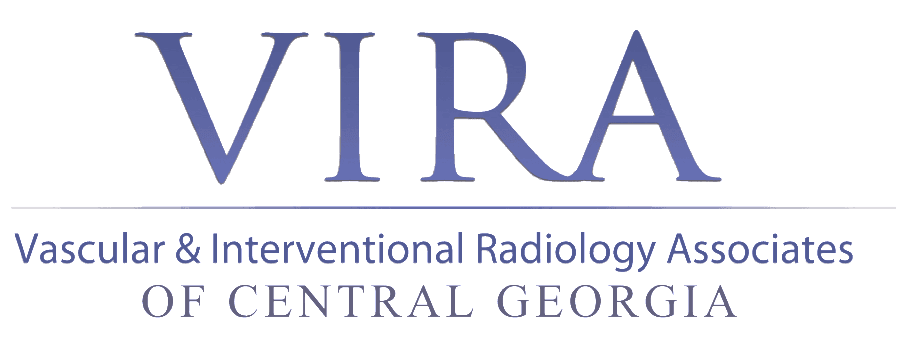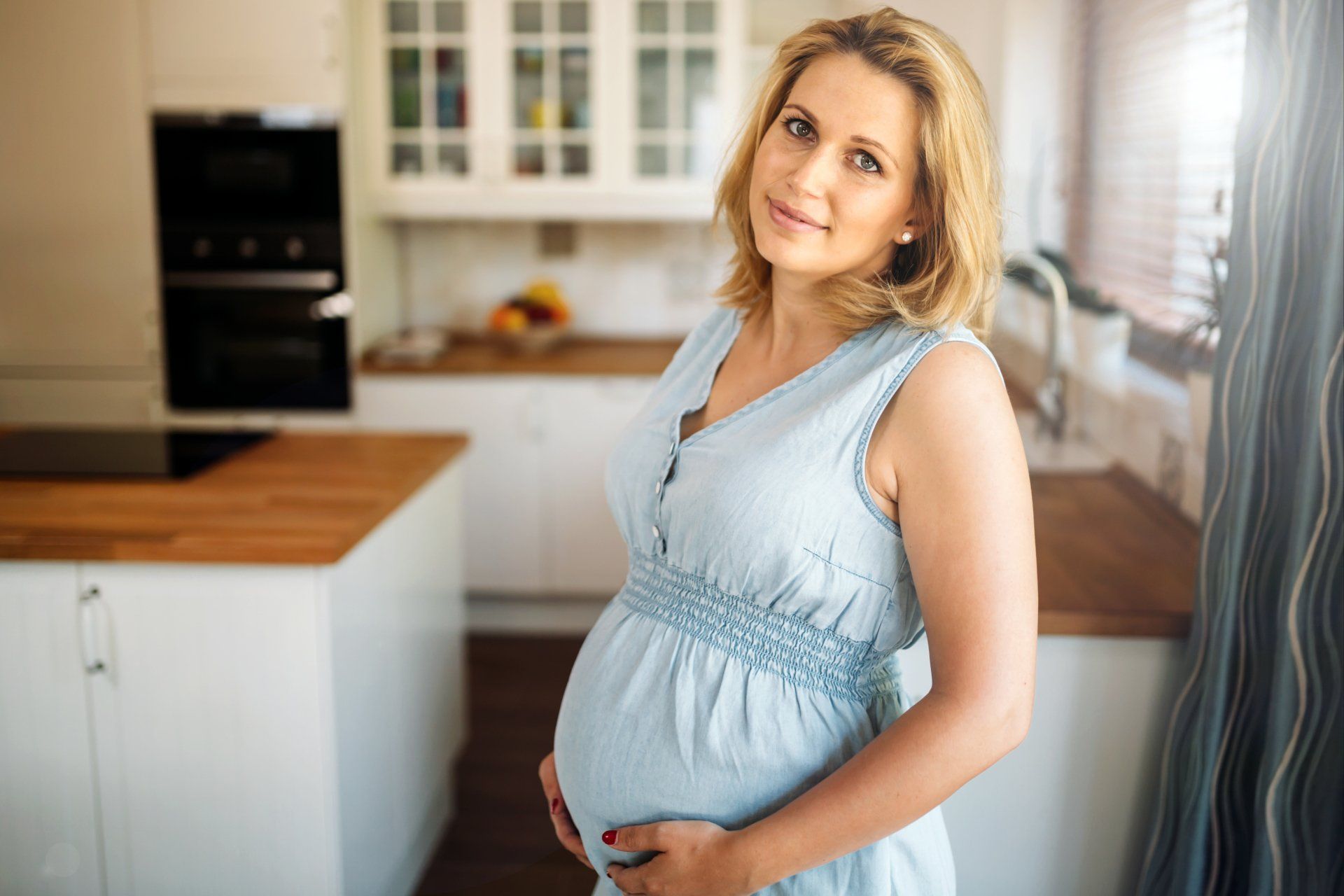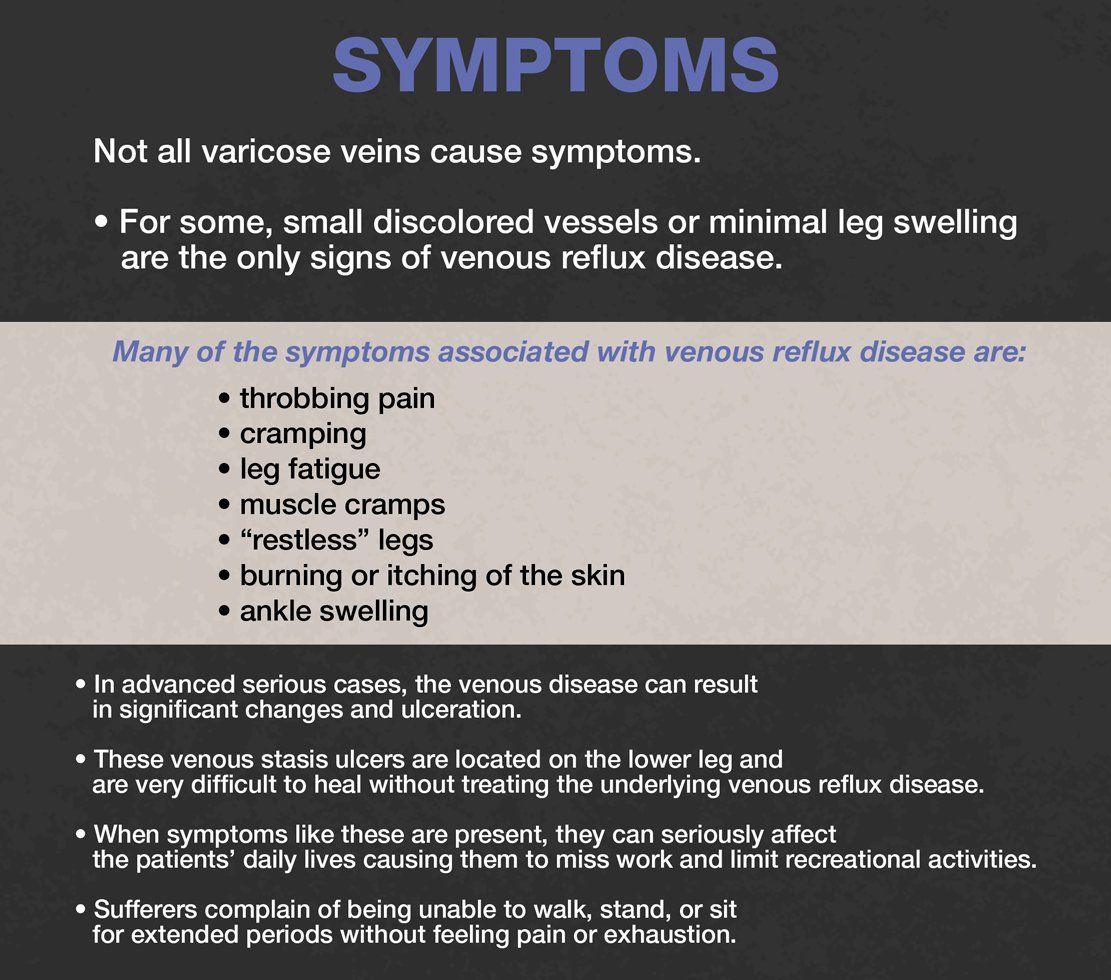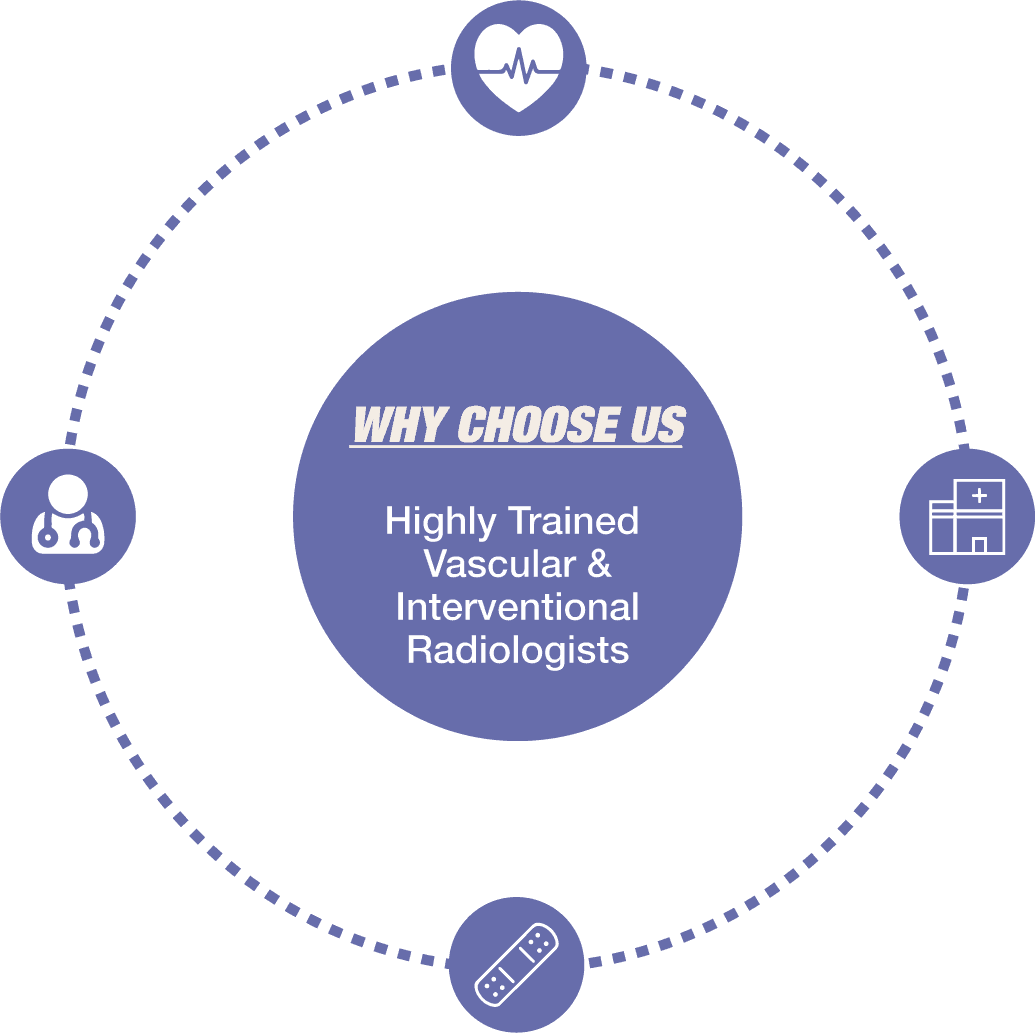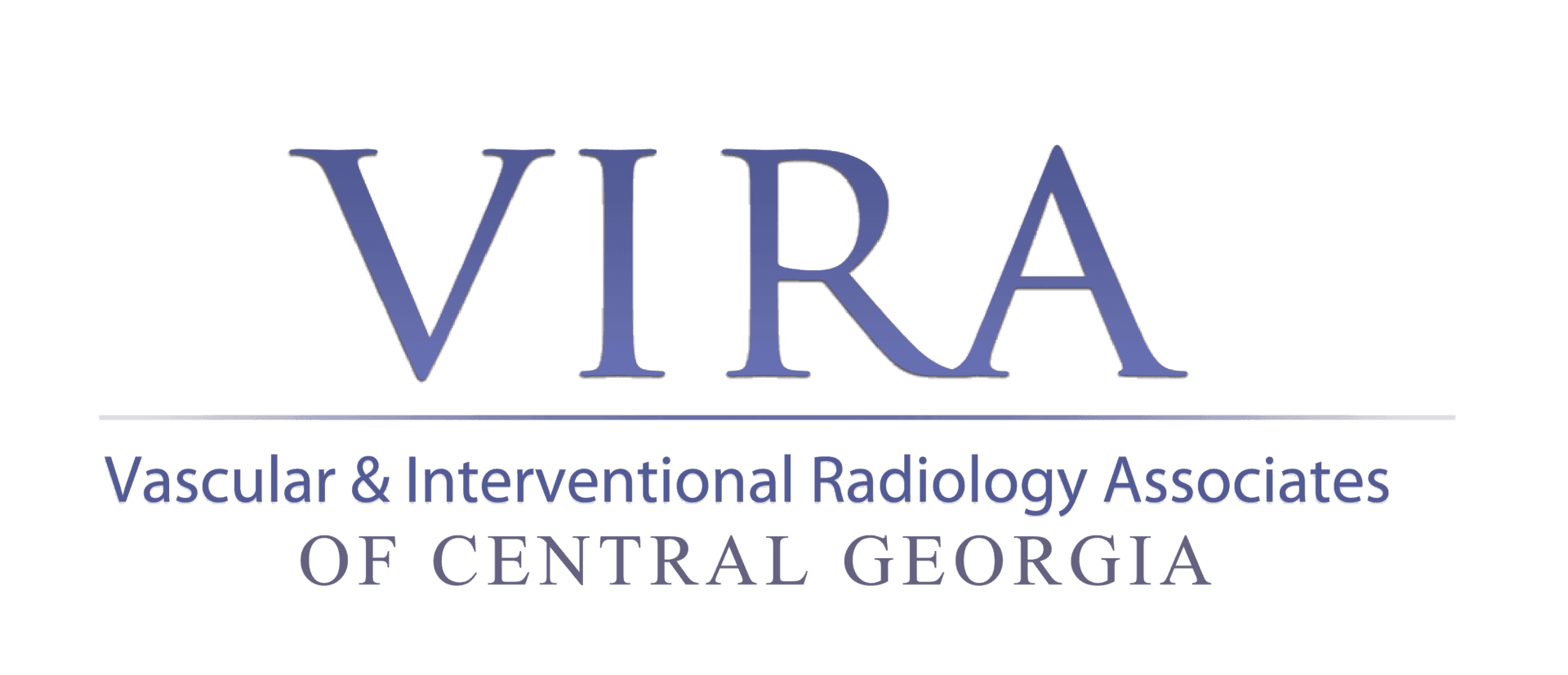Varicose Veins
VIRA has More Vein Treaments: Both Laser & Radiofrequency
VIRA physicians are the only Central Georgia practitioners with the latest Laser Vein Therapy, which uses a small laser on a tube inserted into the vein, and generally reduces pain and bruising.
Additionally our doctors often opt for the agile radio-frequency ablation, described below, to heat and close the diseased vein for great results.
The good news is that VIRA physicians have a choice of treatments to ensure that YOUR vein treatment will give YOU the best results. Additionally schlerotherapy is usually included (and covered by insurance) to ensure the great results are long-lasting.

Venous reflux disease, also known as venous insufficiency, is a medical condition that affects the circulation of blood in the lower legs. As the leg muscles contract, blood is “pushed” or pumped back to the heart so that it can be recirculated through the body.
To keep the blood flowing in one direction, upward to the heart, there are tiny valves or leaflets that keep the blood from reversing flow back down the legs or refluxing. When these valves become damaged, the blood pools in the legs and the veins become distended.
- Venous reflux commonly causes varicose veins, the abnormal swollen and discolored superficial leg veins.
- Varicose veins can range from small, thin, purple lines just below the skin (also called “spider veins”) to thick ropey bulging veins that extend well above the skin surface.
- In any form, varicose veins are indicators of venous reflux, a disease that can cause significant circulatory problems as it progresses.
Venous reflux disease, also known as venous insufficiency, is a medical condition that affects the circulation of blood in the lower legs. As the leg muscles contract, blood is “pushed” or pumped back to the heart so that it can be recirculated through the body.
To keep the blood flowing in one direction, upward to the heart, there are tiny valves or leaflets that keep the blood from reversing flow back down the legs or refluxing. When these valves become damaged, the blood pools in the legs and the veins become distended.
- Venous reflux commonly causes varicose veins, the abnormal swollen and discolored superficial leg veins.
- Varicose veins can range from small, thin, purple lines just below the skin (also called “spider veins”) to thick ropey bulging veins that extend well above the skin surface.
- In any form, varicose veins are indicators of venous reflux, a disease that can cause significant circulatory problems as it progresses.
Heredity is the major factor in varicose veins.
People who are obese or women with multiple pregnancies are particularly susceptible because the extra weight puts strain on the veins. Women are more prone to develop varicose veins than men, in part because female hormones tend to relax vein walls and contribute to development of venous reflux.
Your lifestyle can also affect your odds of developing varicose veins. People whose career requires standing for long periods of time have a greater chance of developing venous disease. This includes:
- nurses
- teachers
- waitresses
- flight attendants,
- other service personnel
- people who do heavy lifting
Once varicose veins – or venous reflux disease – appear, the condition does not go away by itself. The condition is progressive and worsens with time if not treated. In past years, the treatment option was surgical – vein stripping – which required cutting out the diseased veins. Fortunately, medical advances now offer a relatively painless, minimally invasive technique to treat varicose veins in the outpatient setting.
You no longer have to live with unsightly swollen veins and the associated pain and tired legs associated with them.
What to Expect
Varicose vein disease can be likened to a tree with a larger trunk and smaller branches. Initial treatment involves closing off the main trunk which usually results in the “branches” or smaller varicose veins receding
or getting smaller over weeks to months. Additional therapy is sometimes needed to treat persistent
varicosities.
Studies have shown the VNUS Closure device to be greater than 97% successful at one year followup.
5. VNUS Closure
Treatment begins with a small nick in the skin of the lower thigh is used to insert a small tube or catheter into the diseased vein under local anesthesia.
6. Veins Shut
The tip of the catheter heats the vein wall using radiofrequency energy. This causes the collagen in the wall to shrink and close the vein. After the vein is shut, the blood naturally reroutes to the deeper health veins.
7. Other Treatment
Other varicose veins may need to be treated with additional therapy such as sclerotherapy. This involves injecting medication into the vein which irritates the vein wall and also results in its occlusion.
8. Resume Activity
This treatment results in little or no scarring with symptoms improving within 1-2 weeks. Generally patients can return to normal activities immediately after the procedure.

